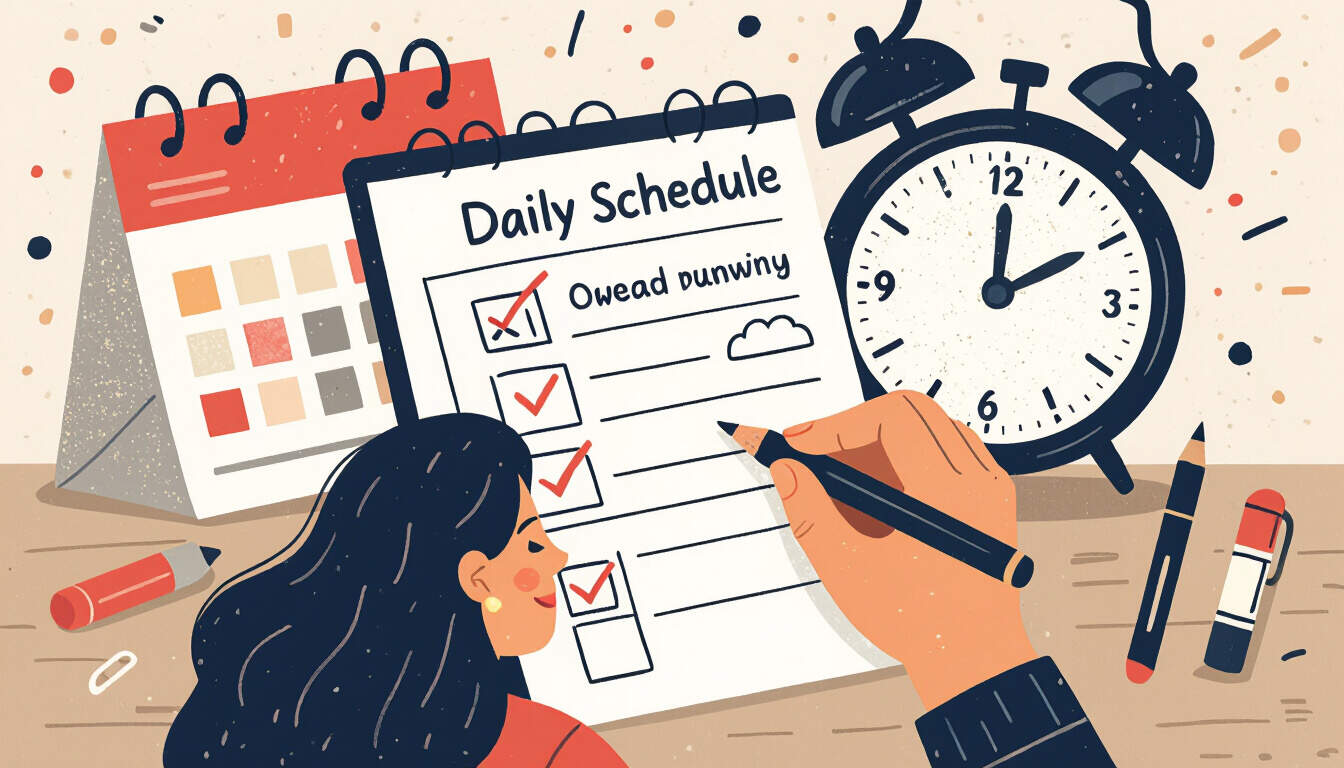Proactive Scheduling for Better Productivity
 by Marlene Keeling
by Marlene Keeling
Proactive scheduling helps individuals plan their time effectively, boosting focus and efficiency. By anticipating tasks and allocating specific blocks, busy professionals and students can achieve more with less stress. Explore practical steps to integrate this approach into daily routines.

Proactive scheduling stands as a key approach for managing time and tasks. It involves planning ahead to ensure that every moment counts. This method allows people to stay ahead of demands and maintain steady progress.
Why Proactive Scheduling Matters
In daily life, many face challenges with overwhelming to-do lists. proactive scheduling addresses this by creating a structured plan. It enables individuals to prioritize activities and reduce last-minute rushes. For busy professionals, this means completing projects on time while for students, it aids in balancing studies and other commitments.
One advantage is the way it supports hyperfocus. By setting aside dedicated periods for tasks, people can immerse themselves fully. This leads to higher quality work and faster results. Time blocking, a related technique, fits well here. It divides the day into segments for specific activities, making it easier to tackle goals.
Steps to Get Started with Proactive Scheduling
To begin, start by reviewing your current routine. Identify key tasks and estimate how long they take. Then, create a weekly outline using tools like calendars or apps. This helps in visualizing the flow of your day.
First, list out priorities. Focus on what truly moves you forward, whether it's work deadlines or personal development. Next, assign time slots to these items. For example, dedicate mornings to high-energy tasks and afternoons to lighter ones. time blocking can be applied by grouping similar activities together, such as answering emails in one go.
Remember to include breaks. Regular pauses prevent burnout and keep energy levels high. A simple schedule might look like this:
- Morning: Handle core tasks
- Midday: Take a short rest
- Afternoon: Focus on follow-ups
- Evening: Review and prepare for the next day
Integrating Hyperfocus Techniques
Hyperfocus occurs when you concentrate deeply on a single task. hyperfocus thrives with proactive scheduling because it minimizes distractions. Set clear boundaries, like turning off notifications during work blocks. This way, you build momentum and achieve flow states more often.
For professionals, combining this with time blocking means scheduling meetings in clusters. This leaves larger blocks for creative work. Students can use it to study subjects in focused sessions, leading to better retention and grades.
Practical tips include starting small. Begin with one day of planned scheduling and build from there. Track your progress to see improvements in output and satisfaction.
Overcoming Common Hurdles
Even with the best plans, interruptions happen. Unforeseen events can disrupt schedules, but proactive approaches help adapt quickly. Build in flexibility, such as buffer times between blocks. This ensures that one delay doesn't derail the entire day.
Another issue is overcommitting. To avoid this, regularly assess your capacity and adjust plans accordingly. By doing so, you maintain balance and avoid fatigue.
For students juggling classes and activities, proactive scheduling provides a clear path. It turns chaotic days into organized ones, fostering a sense of control.
Real-World Applications
Consider a professional preparing for a big presentation. By proactively scheduling research and practice sessions in advance, they deliver confidently. Similarly, a student might plan study blocks before exams, ensuring steady preparation.
These examples show how this method leads to tangible results. It transforms vague intentions into actionable steps, promoting growth and achievement.
Making It a Habit
To sustain proactive scheduling, review your plan daily. Reflect on what worked and what didn't, then refine for the next day. Over time, this becomes second nature, enhancing overall productivity.
By adopting these strategies, individuals can experience greater efficiency and fulfillment. It's about taking charge of your time to reach personal and professional heights.
